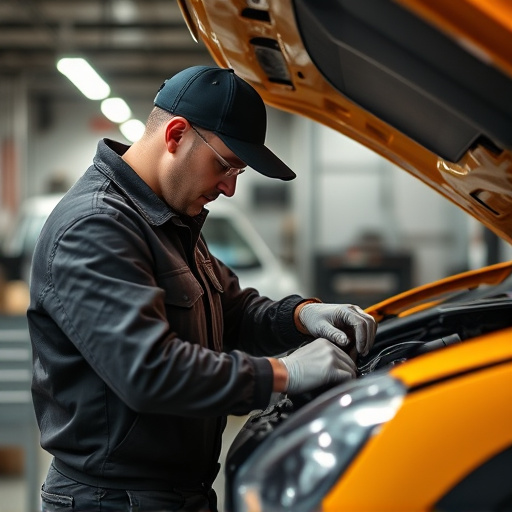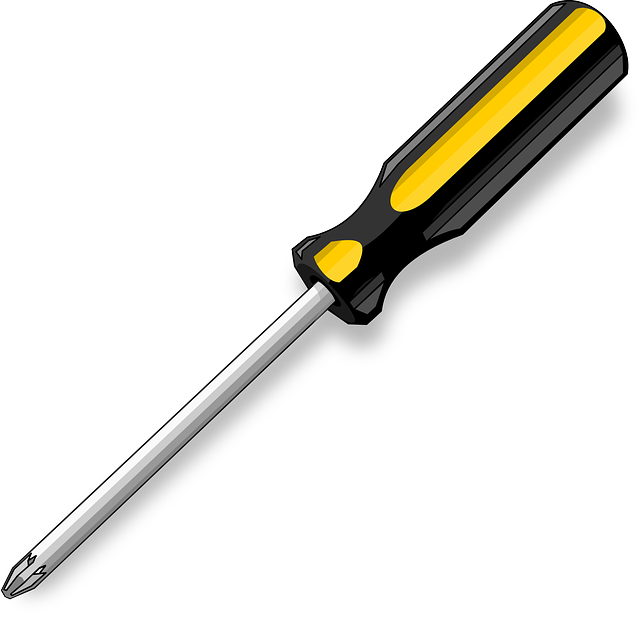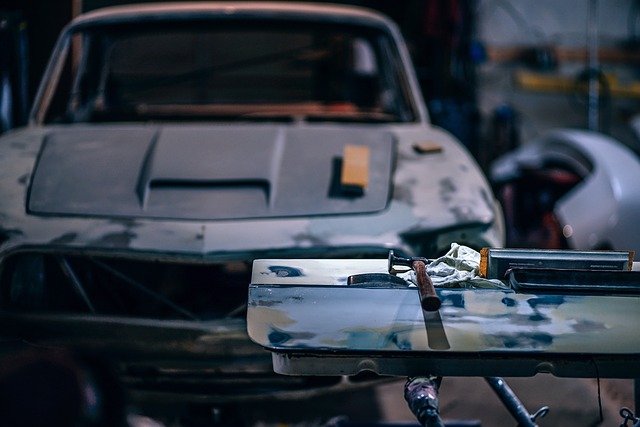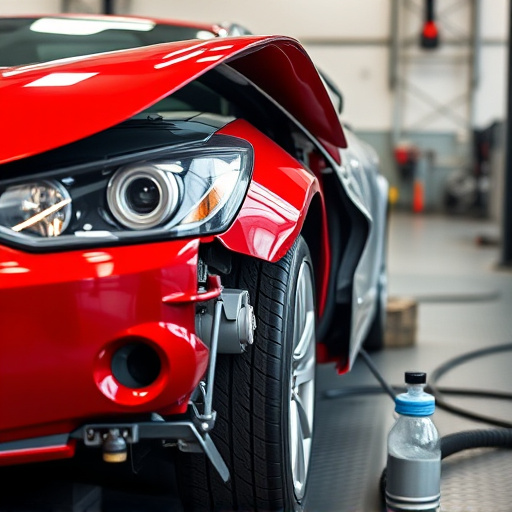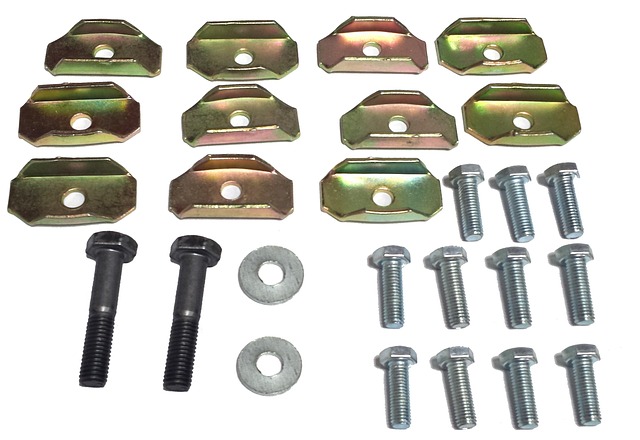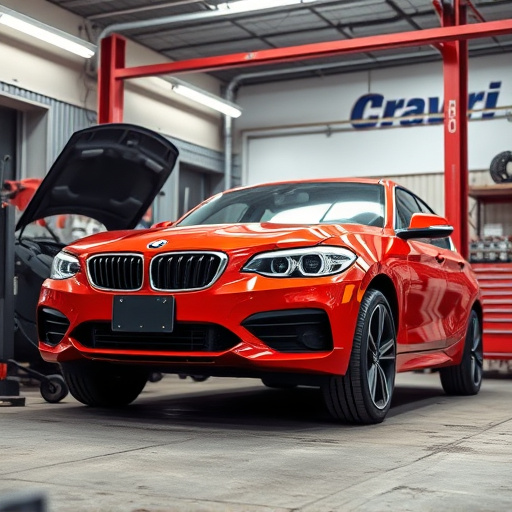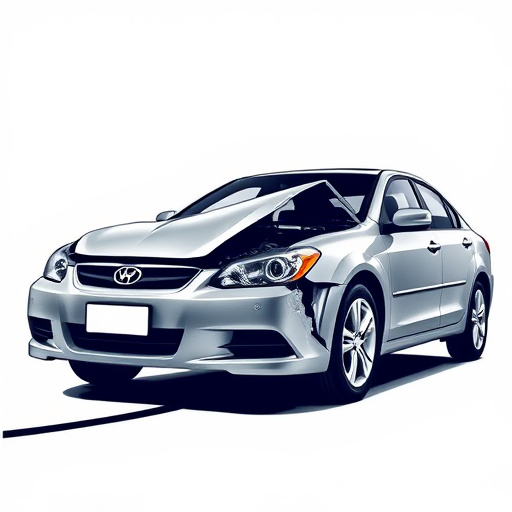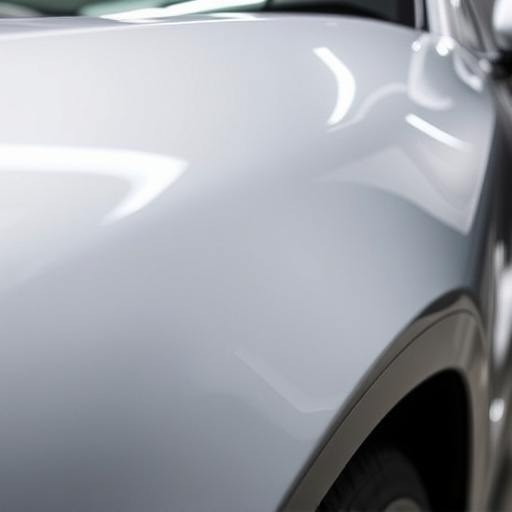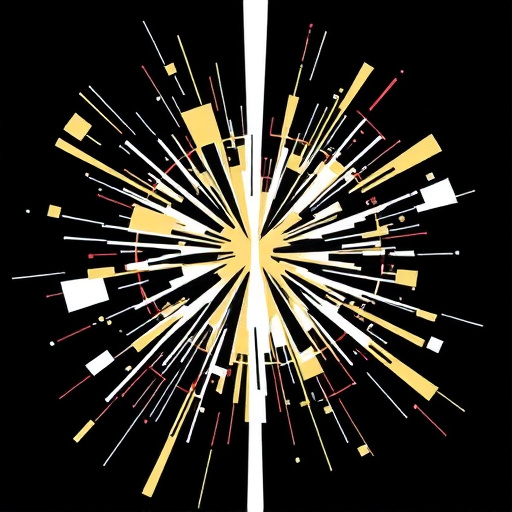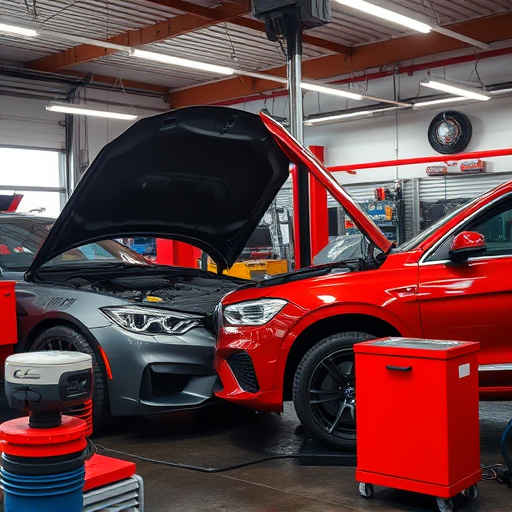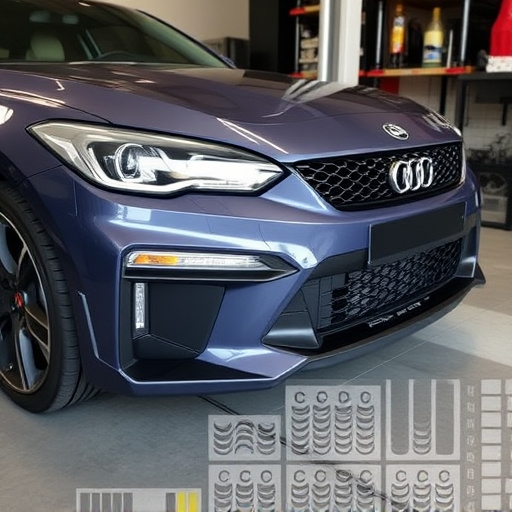District collision repair facilities face new challenges from hybrid and electric vehicles (HEVs) requiring specialized care for their complex electrical systems and lightweight components. Skilled technicians use advanced tools and training to ensure precise repairs without compromising safety or performance. The future includes eco-friendly practices, specialized EV component repair tools, lightweight materials, and technological advancements aiming to automate processes and reduce environmental impact.
In the evolving landscape of automotive repair, district collision centers are facing unique challenges with the surge in hybrid and electric vehicles (HEVs). This article delves into the specialized tools and techniques required for effective district collision repair of HEVs, addressing complex electrical systems and lightweight materials. Furthermore, it explores future trends driving sustainable practices within collision centers, positioning them as innovators in eco-friendly automotive care.
- Unique Challenges in Hybrid and Electric Vehicle Repairs
- Specialized Tools and Techniques for District Collision Repair
- Future Trends Shaping Sustainable Collision Center Practices
Unique Challenges in Hybrid and Electric Vehicle Repairs
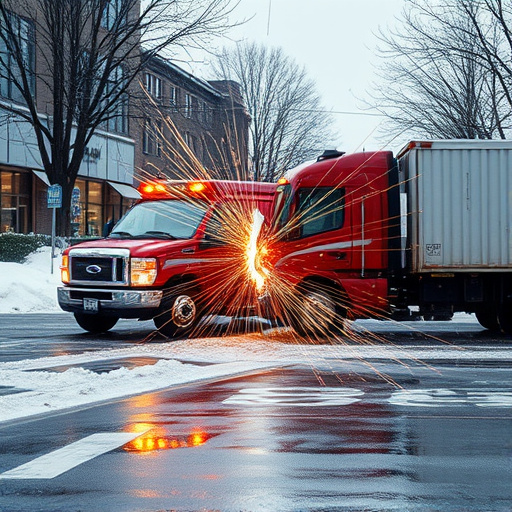
Hybrid and electric vehicles (EVs) present unique challenges for district collision repair facilities due to their intricate electrical systems and specialized components. Unlike conventional cars, these vehicles require meticulous care during repairs to avoid damaging sensitive battery packs and high-voltage wiring. This necessitates advanced training for technicians, who must be proficient in both traditional automotive repair and emerging electric vehicle technologies.
Furthermore, luxury vehicle repair specialists face the added complexity of ensuring precision and quality during restoration, as EVs often boast sophisticated features and materials. As the demand for these vehicles grows, so does the need for skilled professionals equipped to handle their unique repairs, ultimately driving the evolution of district collision repair services to meet these specialized needs.
Specialized Tools and Techniques for District Collision Repair

In the realm of district collision repair, particularly for hybrid and electric vehicles (HEVs), specialized tools and techniques are paramount. These advanced vehicles demand precise handling due to their intricate electrical systems and lightweight components. Skilled technicians utilize cutting-edge equipment tailored for HEVs, ensuring meticulous dent removal and meticulous body repairs without compromising safety or performance.
Beyond standard collision repair, tire services play a crucial role in maintaining these vehicles’ optimal efficiency. Specialized tools are employed to balance and align wheels, address tire wear patterns, and replace components while adhering to manufacturer specifications. This level of expertise is essential for district collision repair centers aiming to cater to the unique needs of HEV owners.
Future Trends Shaping Sustainable Collision Center Practices
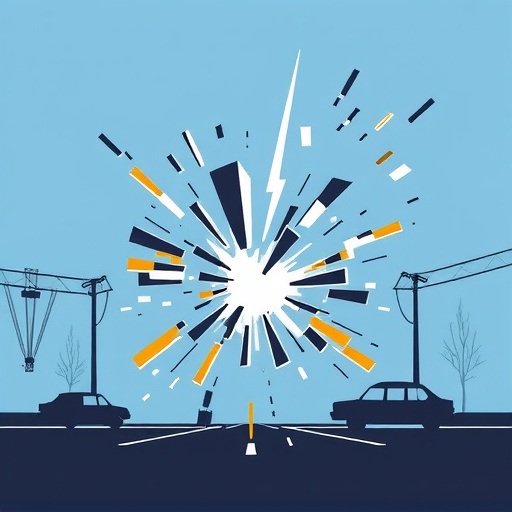
The future of district collision repair is being shaped by a growing emphasis on sustainability and electric mobility. As the adoption of hybrid and electric vehicles (EVs) continues to rise, collision centers are increasingly tasked with developing eco-friendly practices that cater to these unique vehicle types. This shift includes adopting specialized tools and techniques for repairing sensitive battery systems and lightweight materials commonly found in EVs.
Sustainable collision repair involves more than just the physical process of fixing vehicles; it’s about minimizing environmental impact throughout the lifecycle, from sourcing sustainable materials for replacement parts to implementing efficient waste management strategies. With advancements in technology, we can expect to see more automation, robot-assisted dent removal, and innovative methods for collision damage repair that reduce the carbon footprint of both the center and the repaired vehicles.
District collision repair centers are evolving to meet the unique challenges of hybrid and electric vehicle (HEV) repairs, adopting specialized tools and techniques. As these vehicles continue gaining popularity, prioritizing sustainable practices will be key. Staying abreast of future trends, such as advanced battery technology and streamlined recycling processes, will enable local repair shops to provide efficient, eco-conscious service for a greener transportation future.
